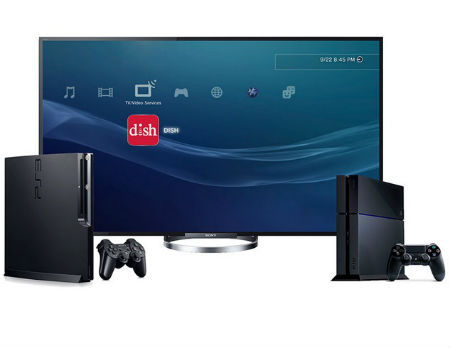Dish Stops Sales of ‘Virtual Joey’

In a decision that calls into question the long-term future of Dish Network’s virtual client software for certain smart TVs and gaming consoles, the pay TV operator confirmed that the Virtual Joey is currently unavailable for purchase to new customers.
Existing customers can continue to use Virtual Joey, a spokesperson said. Dish declined to comment when asked if the company intends to phase out the Virtual Joey. Dish also has not announced if intends to launch a next-gen version of the client, which Dish had been offering for $7 per month.
The Virtual Joey enables the secure navigation of both linear TV and DVR recordings using HTML5. As a component of a whole-home solution, the Virtual Joey app is authenticated during connection to the associated Hopper HD-DVR device, and behaves like a traditional hardware-based Joey client device.
The Virtual Joey was one of several currently MVPD retail-focused features presented in a report (PDF) issued to the FCC on August 28 by the Downloadable Security Technology Advisory Committee (DSTAC), which advised the Commission on possible alternatives to the CableCARD that could be applied to a range of MVPDs and spark a more robust retail market for set-tops and other video devices. The DSTAC failed to come up with a unified recommendation, instead offering the FCC a variety of possible options.
Other MVPDs are using, or plan to use, different technologies to deliver their UIs and services securely to retail devices.
DirecTV has been focused on an approach based on RVU for “DirecTV Ready” TVs made by Samsung, Sony, Toshiba and LG that connect via the home network to a Genie HD-DVR.
Some major U.S. cable operators, including Comcast, Time Warner Cable and Cox Communications, have been getting behind VidiPath, a set of guidelines developed the Digital Living Network Alliance (DLNA) that identifies devices, including set-tops, consoles and tablets sold at retail, that support subscription TV content from cable operators and other types of MVPDs. At the INTX show in Chicago, a proof-of-concept demo (subscription required) showed Comcast’s X1 platform running on several retail devices, including TVs from Samsung and LG, without the need for a separate set-top box.
The smarter way to stay on top of the multichannel video marketplace. Sign up below.
